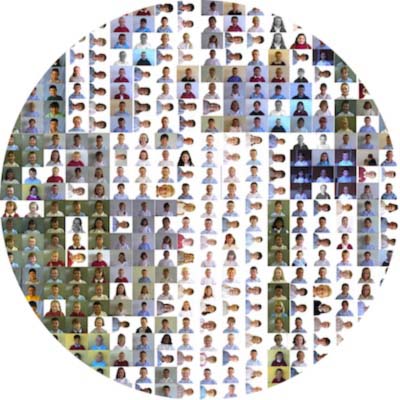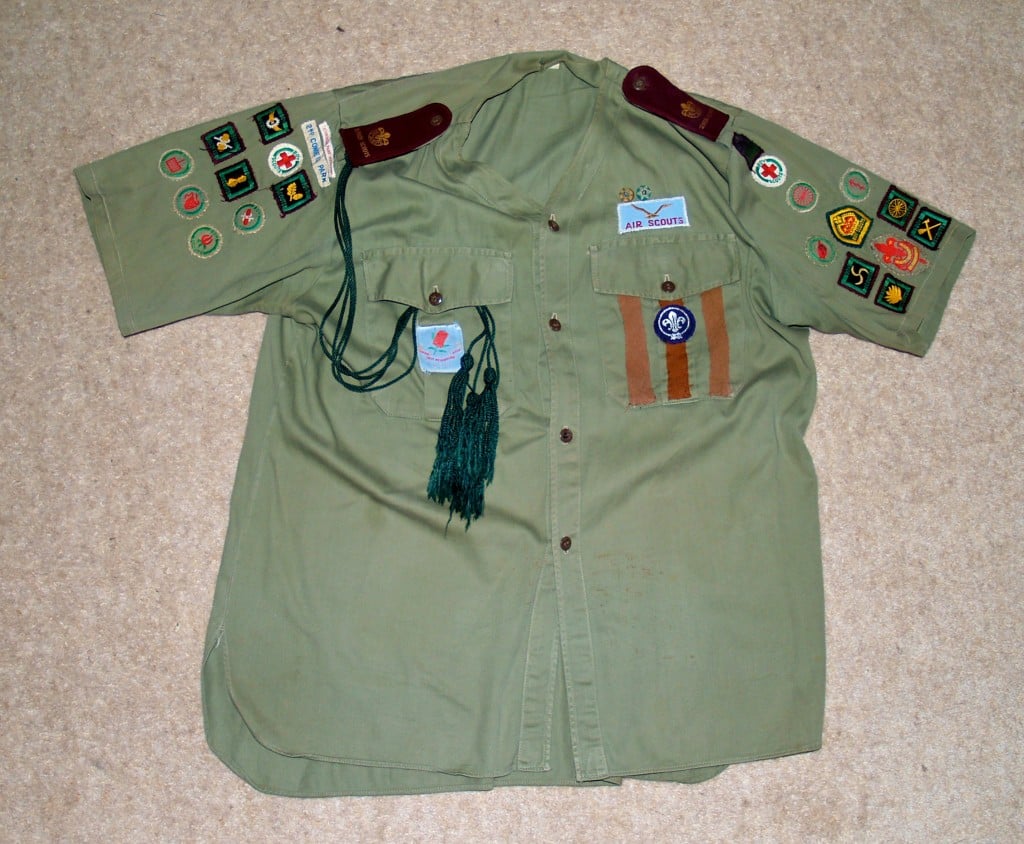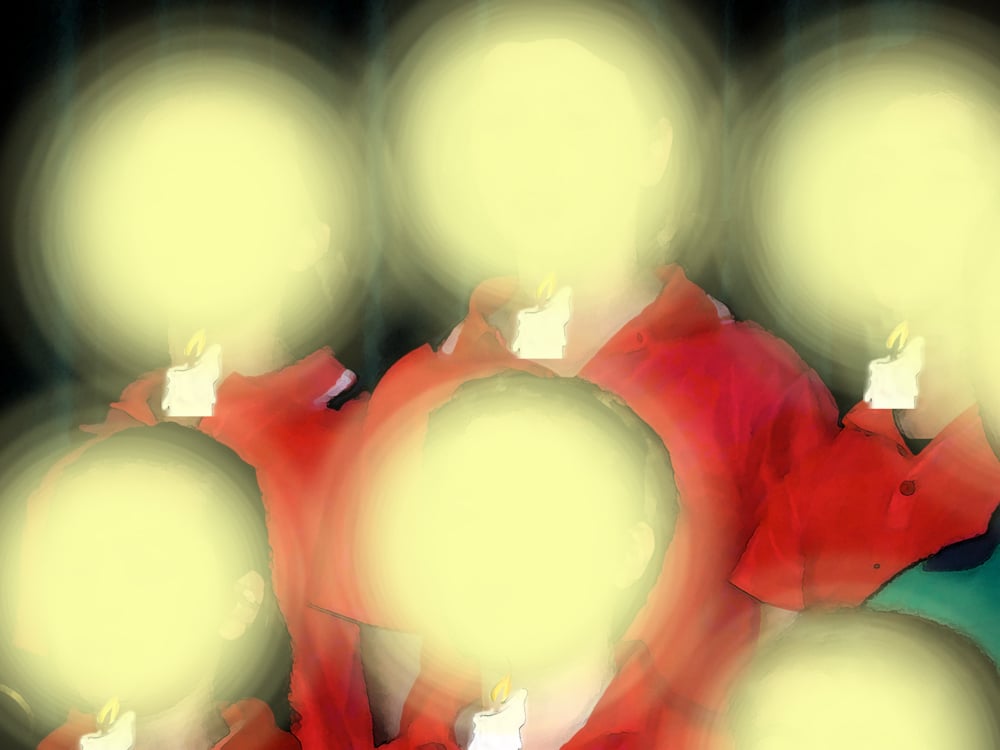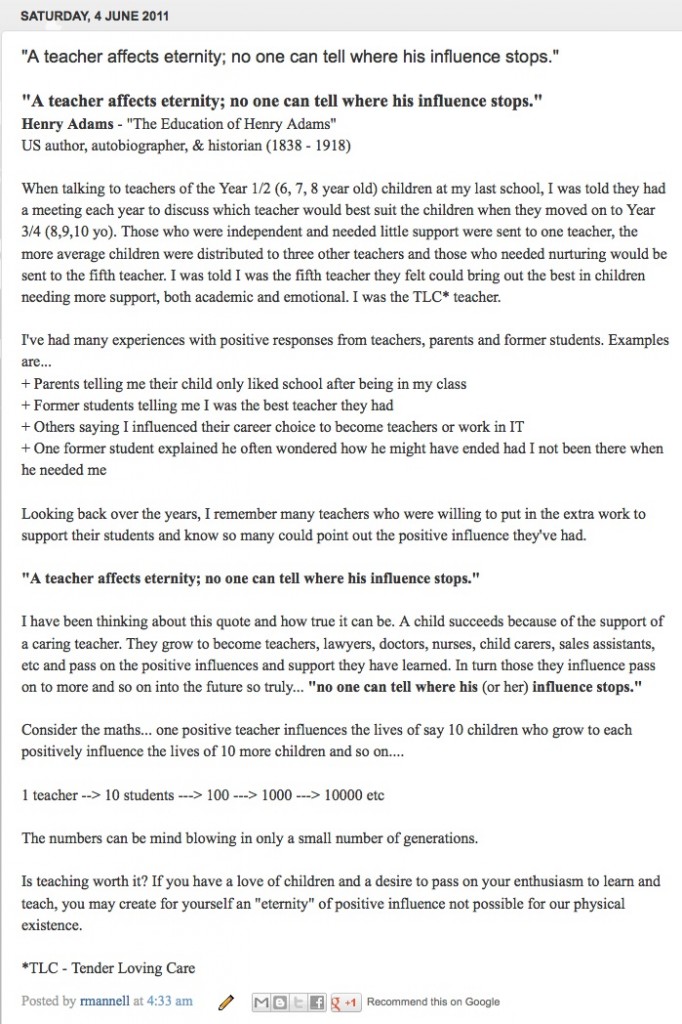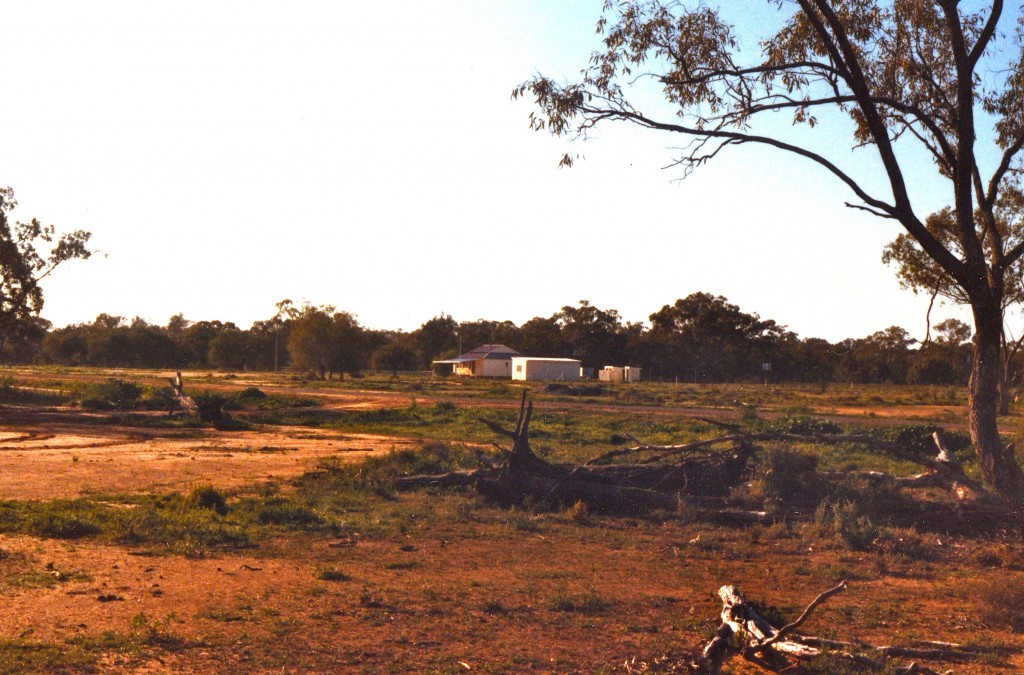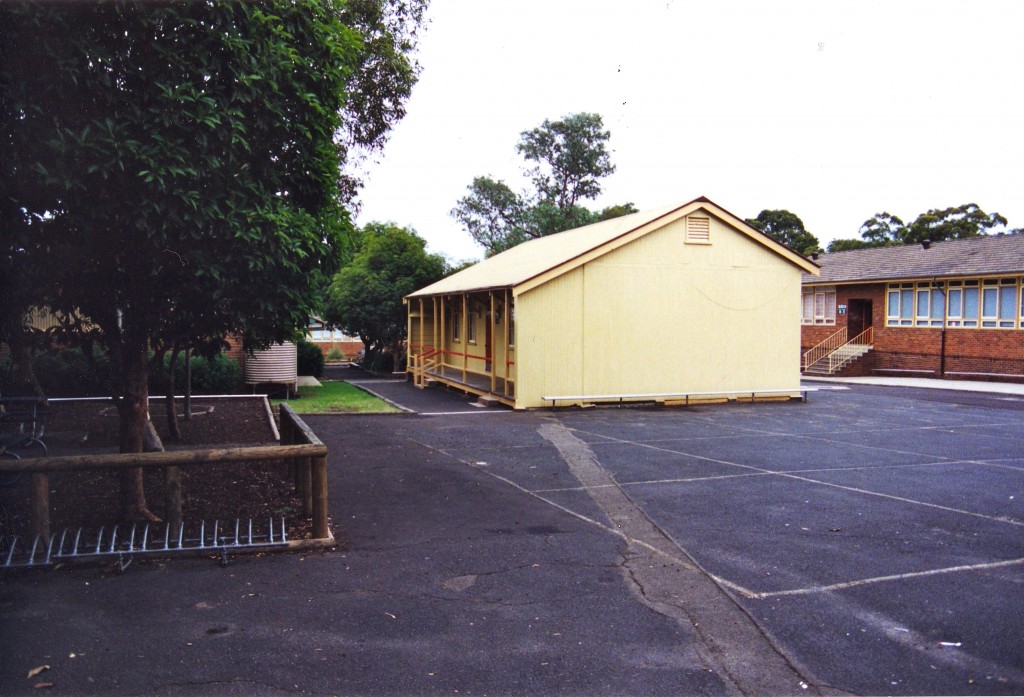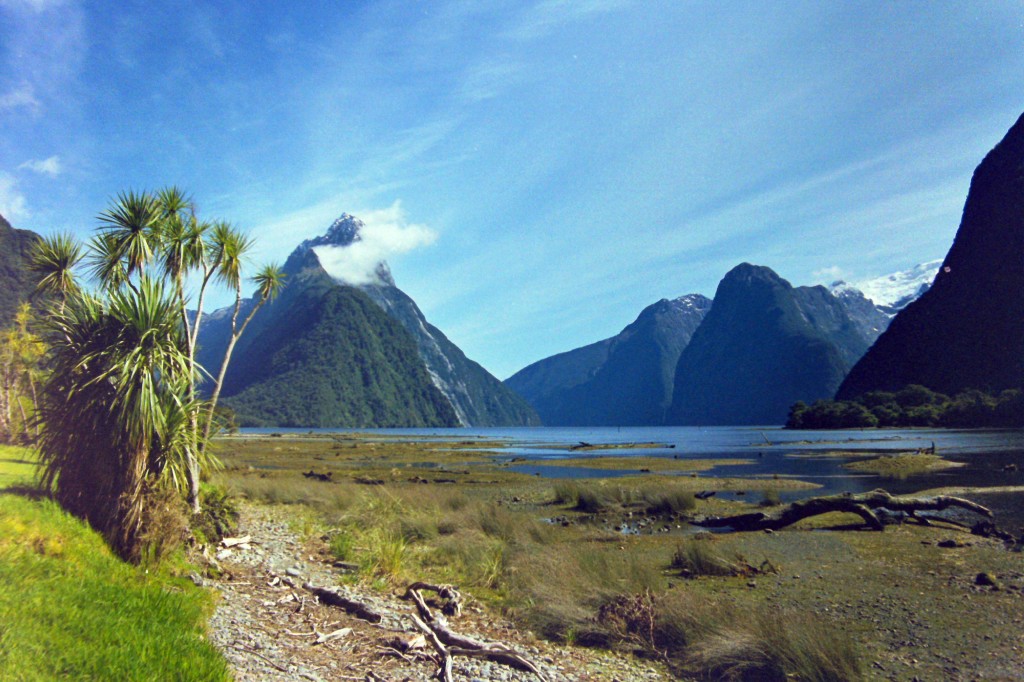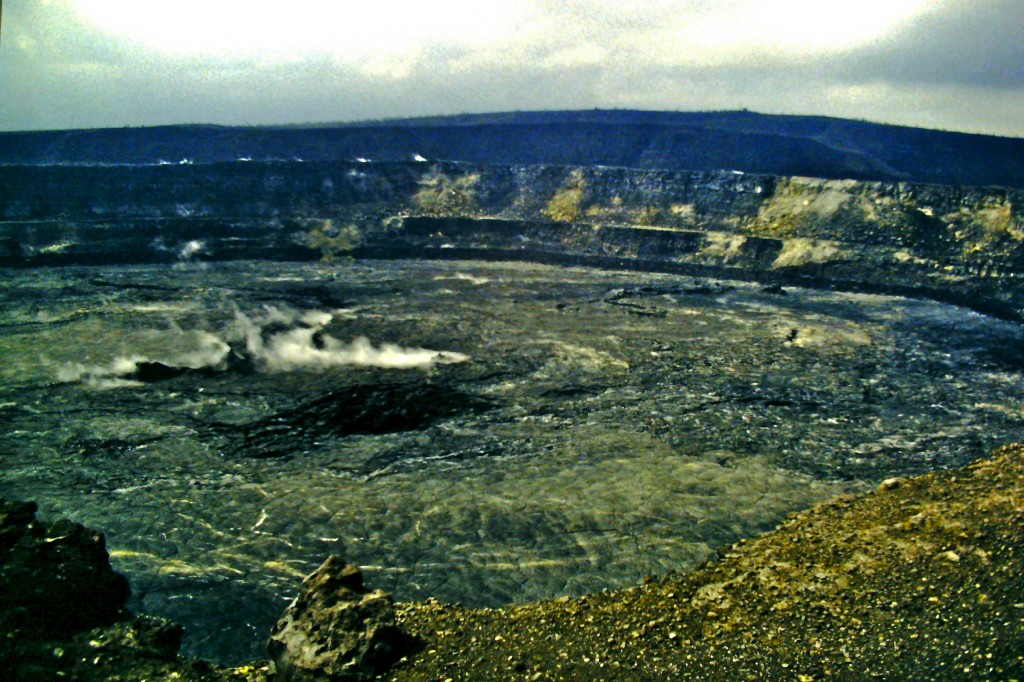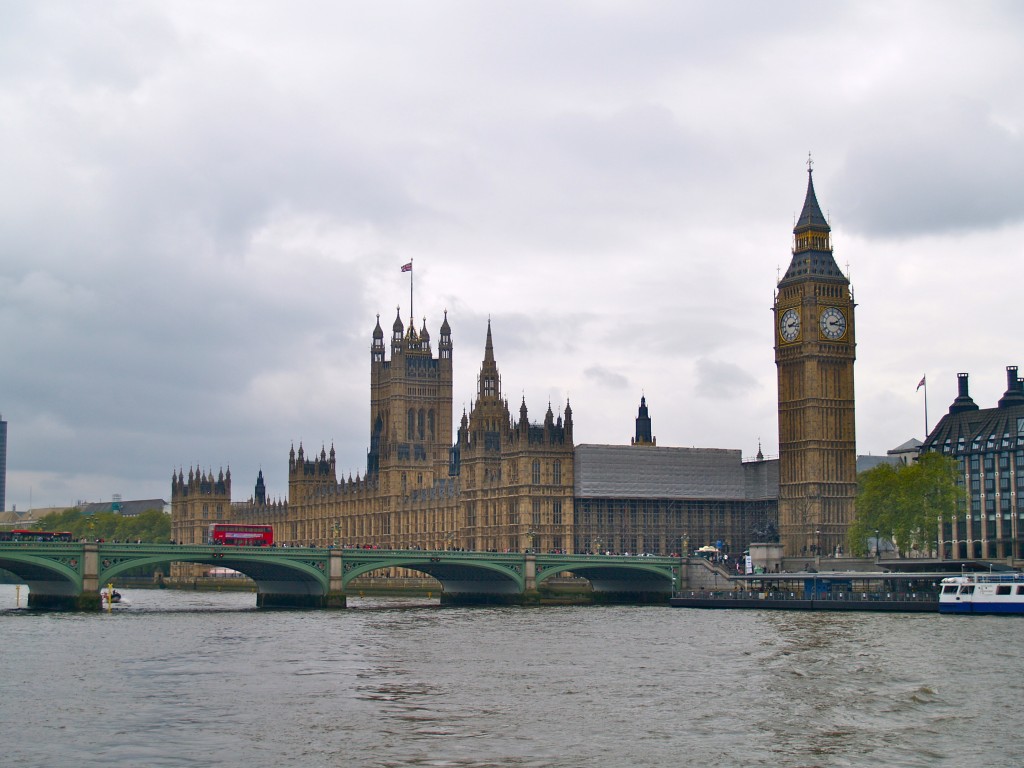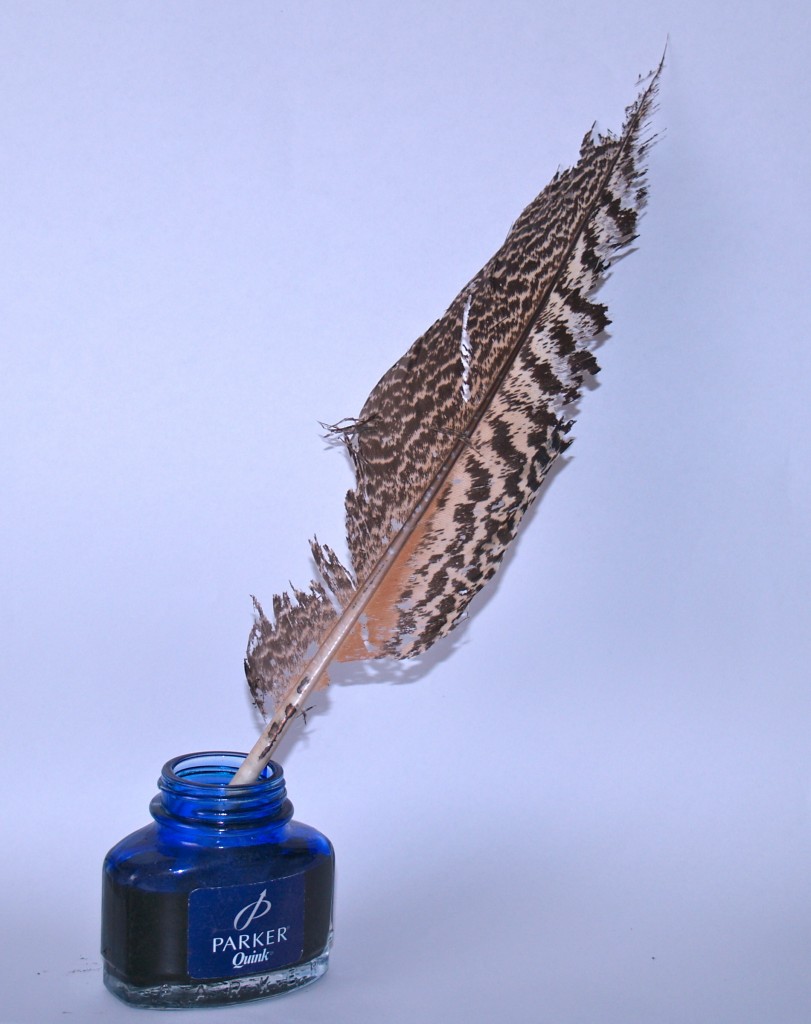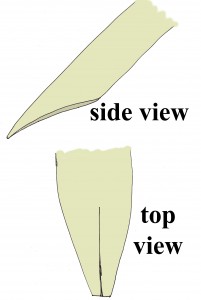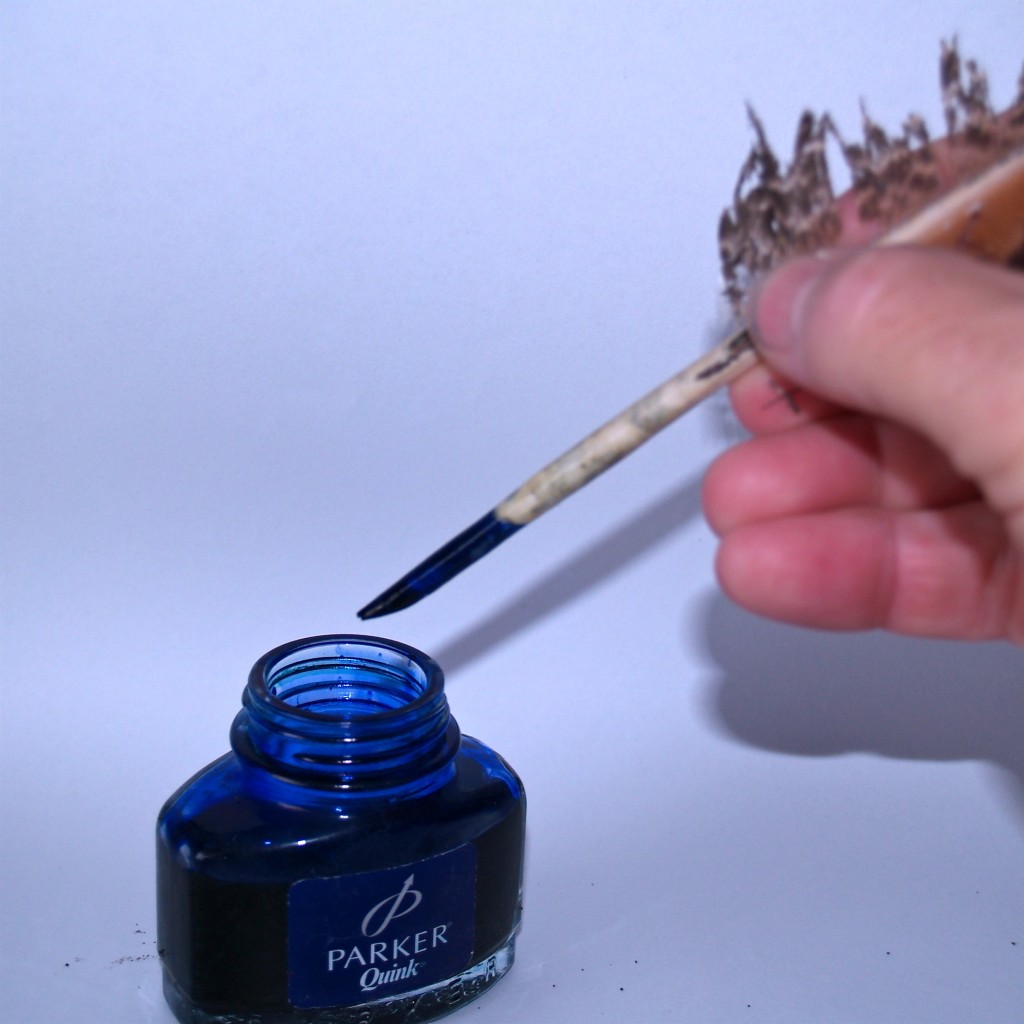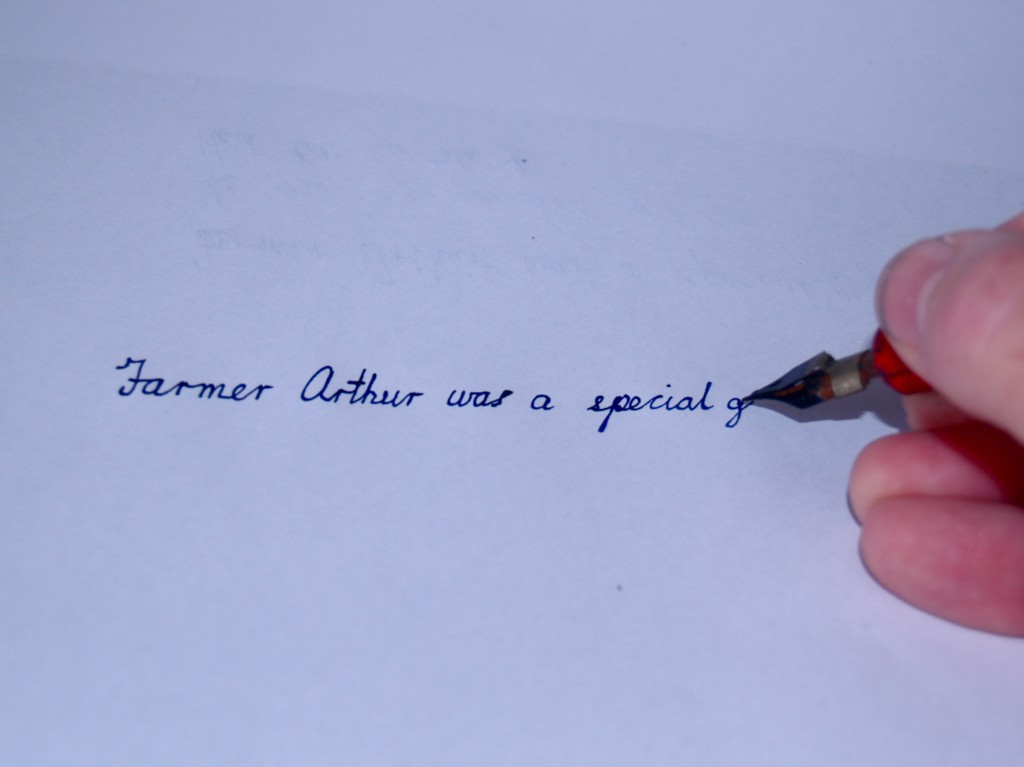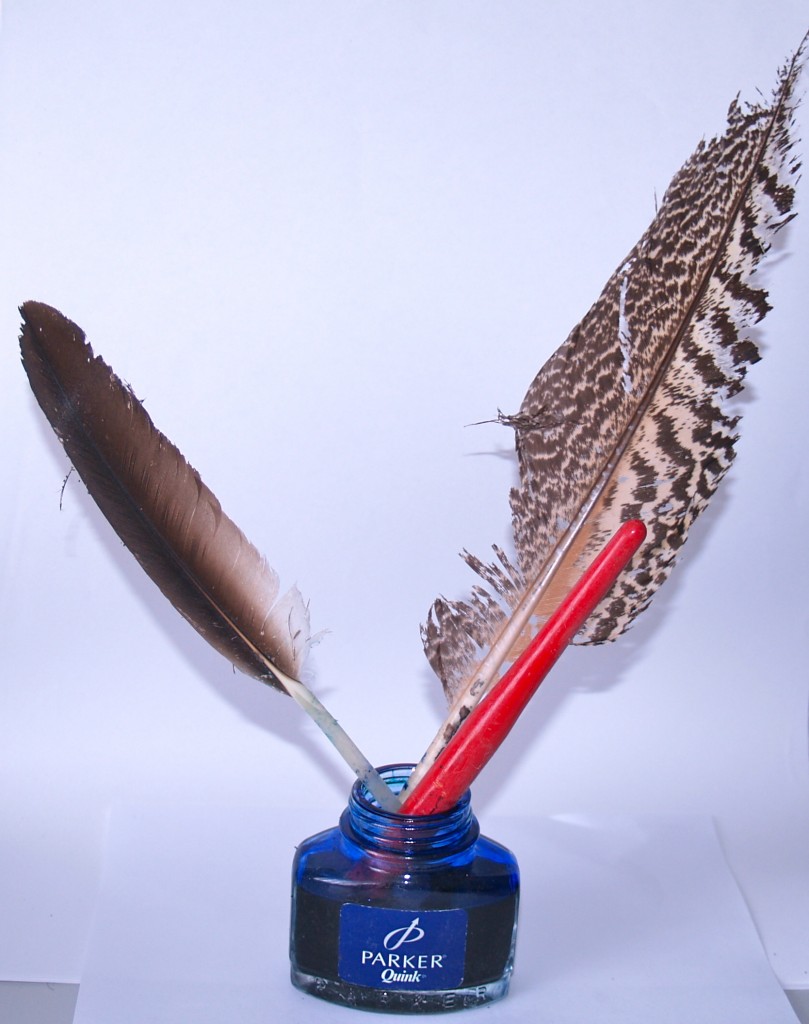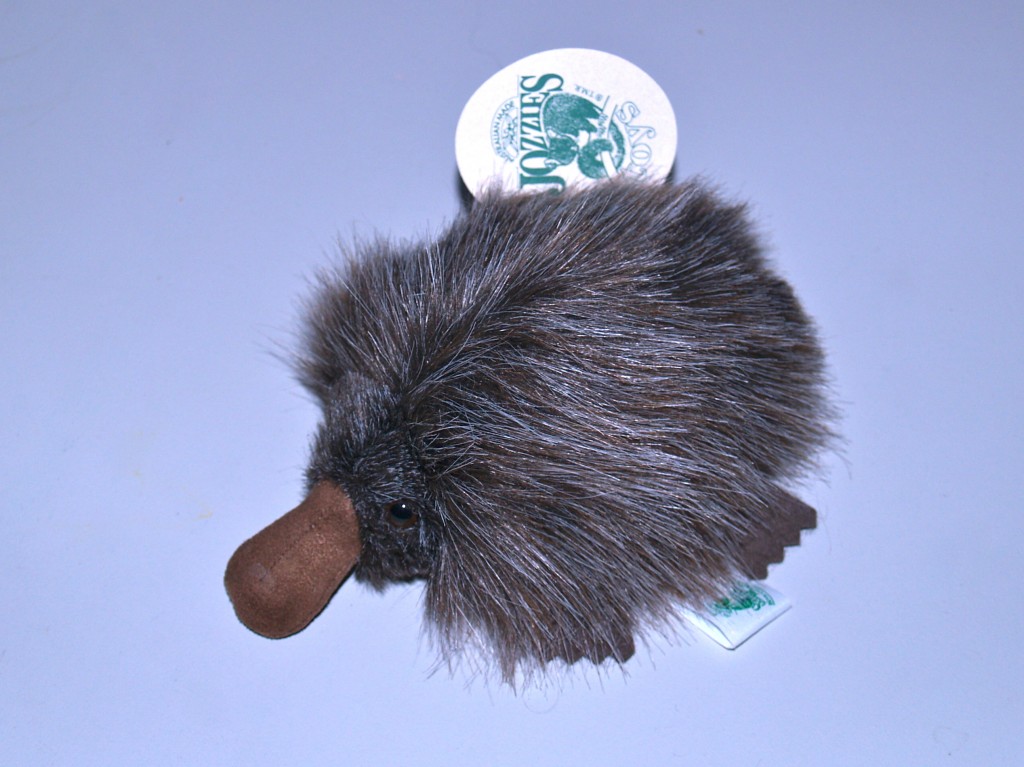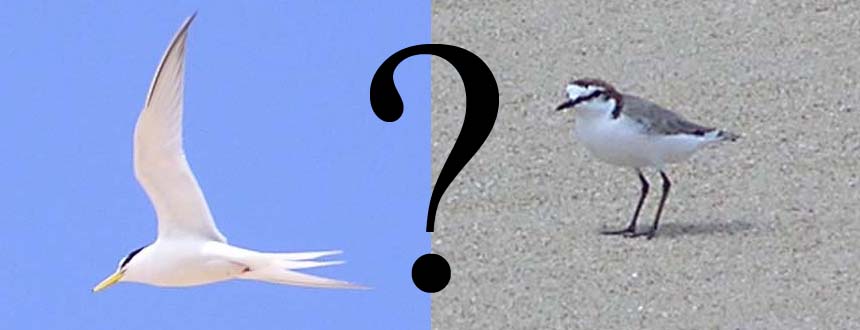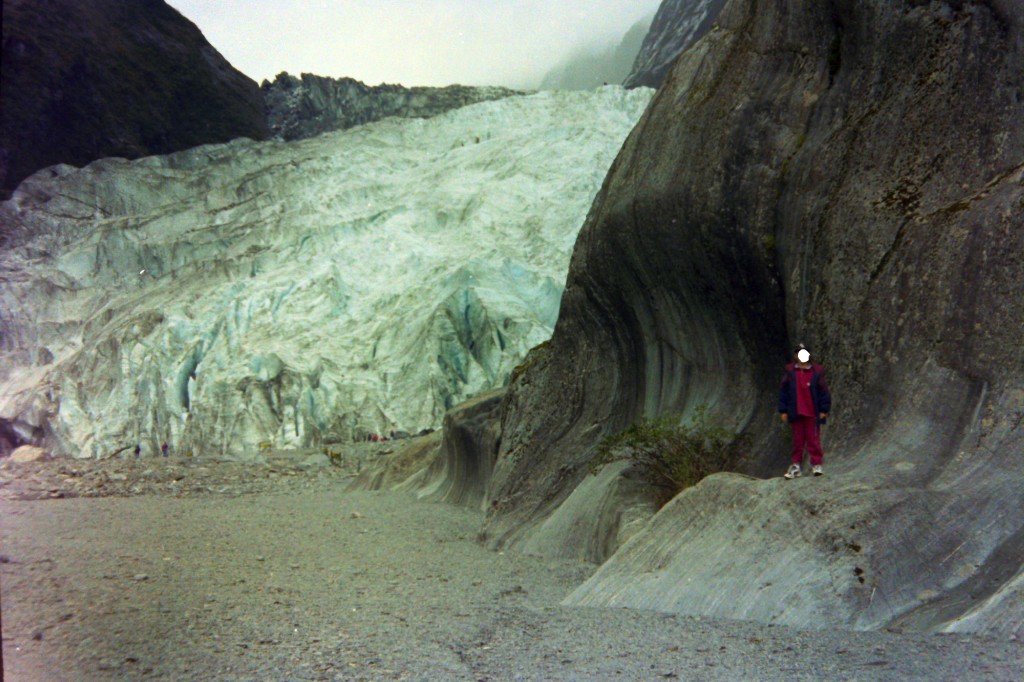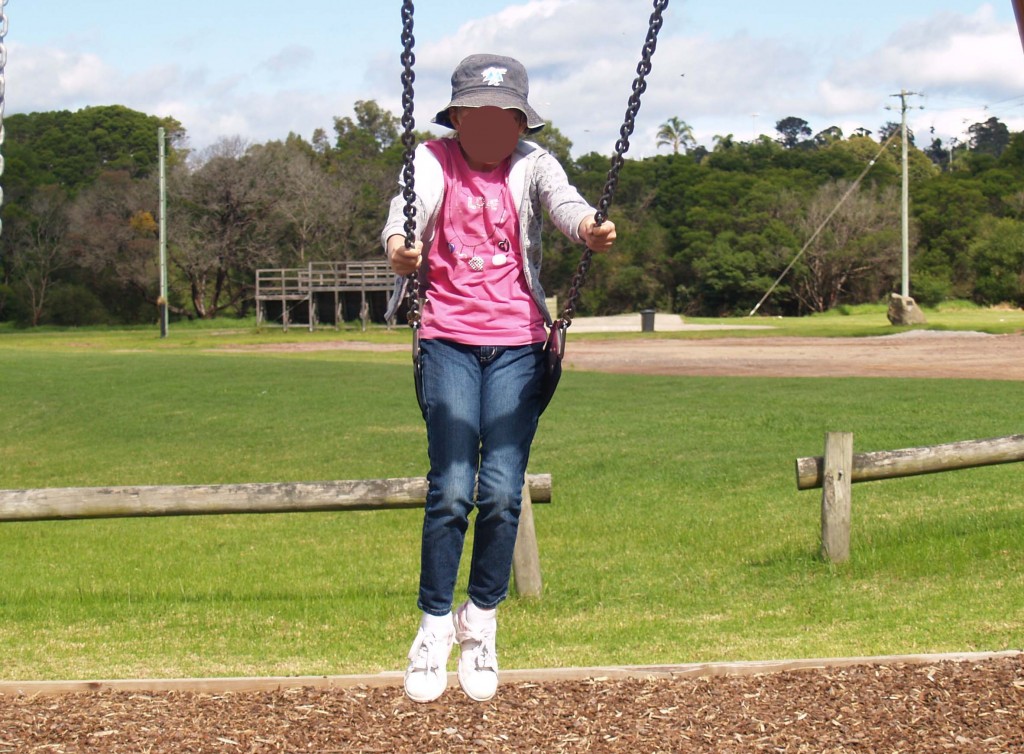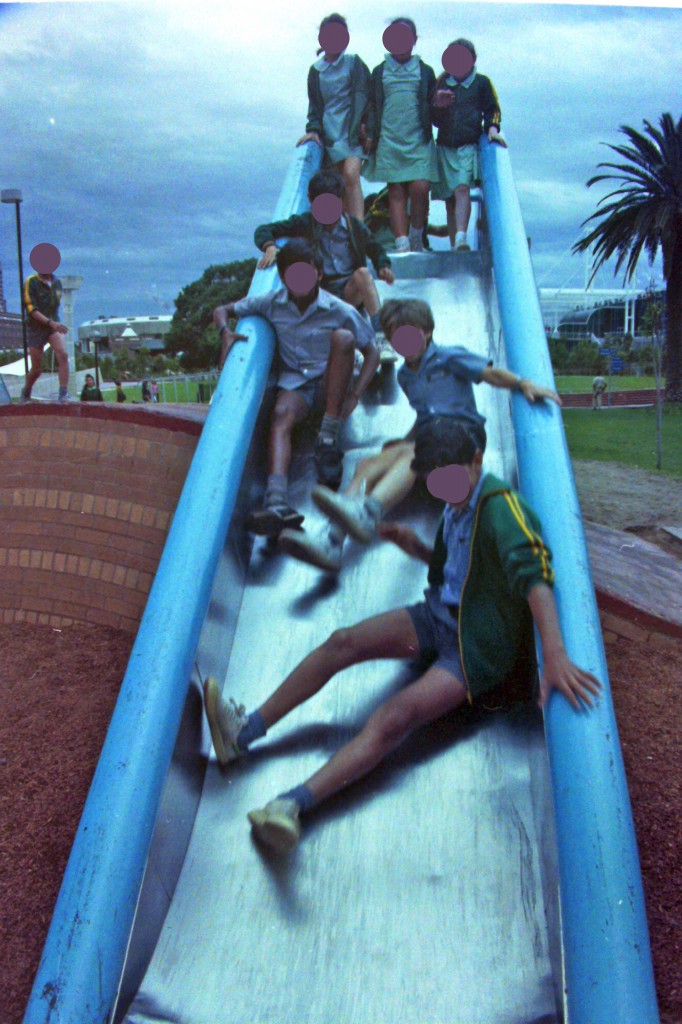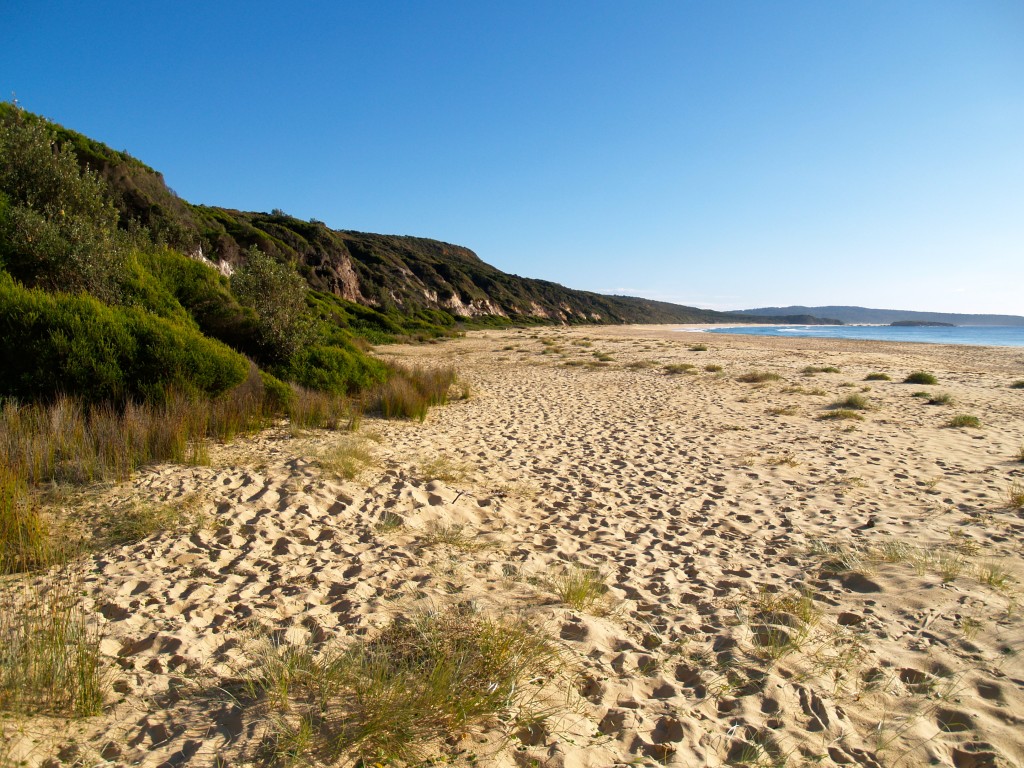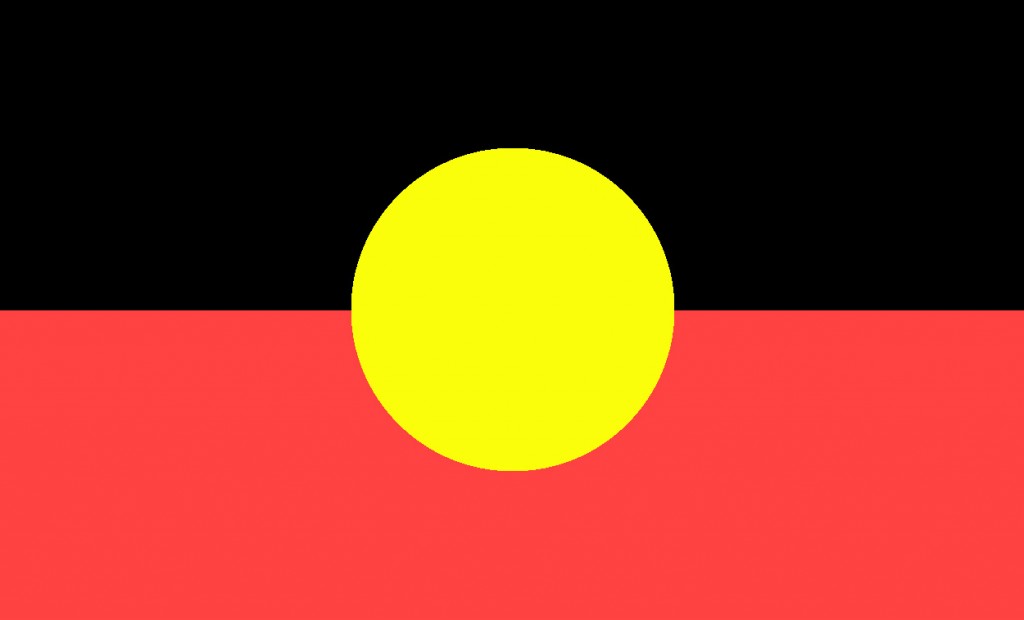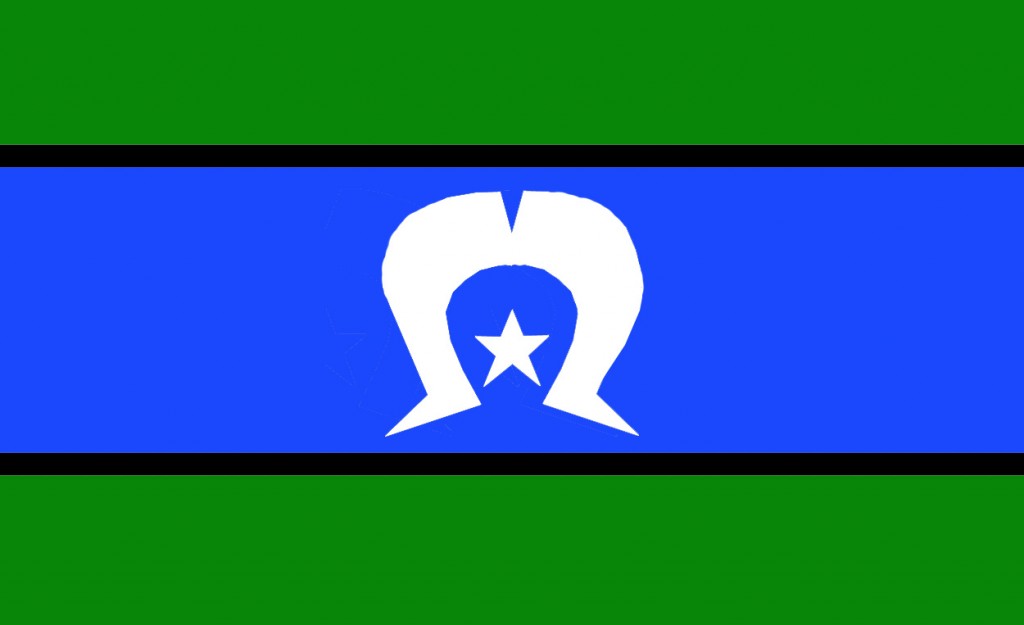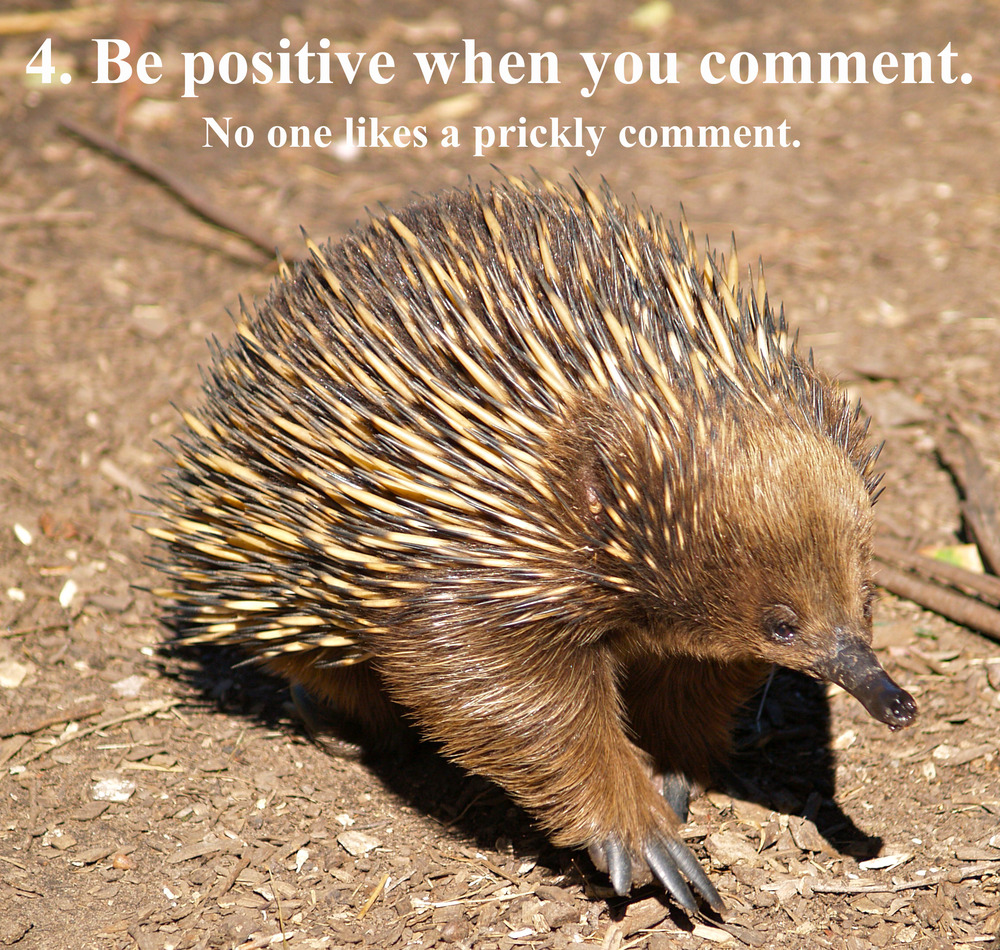to see Global Grade 3's original post, click the below link...
On Your MARK … Get SET … GO!
A very busy time involving around 300 hours work (from rehearsals, photography, filming, editing and producing) on a twin DVD set then travelling a total of around 1400 kilometres delivering them to 15 schools (some more than one visit) meant this is the first extended comment since July 9th. With the Northern Hemisphere on summer vacation, I spent more time on special fiction writing groups I visit. What a wonderful surprise it is to see, by chance, the first extended comment since July goes to a class blog I have so often visited. Here goes...
It's Just a Dot
Have you ever heard someone say it's only them and so what can they do? Your Dot Day post had me thinking about this. I thought I would share my thoughts with you through a short video clip I posted to You tube for you...
Schools and students have permission to use this video clip for non-commercial, educational purposes.
Making Your Mark
I watched your video clip about how you will make your marks and was very impressed by all of your ideas. They were of helping, persevering, caring for the environment and trying to be brave and do your best.
I hope I have all of the names from your video and they're spelt correctly.
Lane - Helping others is an outstanding way to make your mark.
Isaac - Using less electricity helps conserve resources.
Peng Peng - Being kind to other adds happiness to the lives of others.
Kelly - Trying your best and helping others will help you grow into a wonderful adult.
Hilary - Never giving up on something important is a way to make a difference.
Kale - Trying hard means you will always put your best effort into things you care about.
Hannah - Helping others who are sick or hurt suggests you might want to be a doctor or nurse. Caring for others is very rewarding.
Laurie - Being brave enough to try new things means you can face future challenges.
Aya - Persevering and helping others needing help means you will make a difference.
Noam - Smiling can bring brightness to a dull day and light into the hearts of those who share a smile with you.
Claire - Together with Noam, I think you will make the world a happier place.
Jenna - Helping others not knowing what to do is important. We should share our skills and knowledge with others.
Kennedy - Being kind to people shows them you care and helps them feel good about themselves.
Daniel - Being helpful adds to the happiness of others and rewards you with smiles.
Ethan - Helping everyone even when it's hard means you will make the world a better place.
Catherine - Cheering people up when they're sad is very important. Happiness brings health.
Alex - Making the world a better place is always a good goal and recycling is one part of the goal.
Sam - Helping your family can start you on a path of helping others. People who help others make a difference.
Zyne - What a great idea. I like to try to find ways of using things again. When we do this, we are part of recycling.
Cohen - Picking up litter gives us a tidy environment. Helping others gives us smiles.
Thinking About Dots, what would be mine?
I looked back on my life and wondered what a suitable dot for me might be. I thought what better than a dot made up of hundreds of faces from my classes over around five years. You saw it briefly at the end of the video clip. Here is my dot showing how I have made a mark...
Have I ever been faced with a challenge that I have overcome by PERSEVERING?
What an interesting question you've asked. I suppose I have faced many challenges in my life but that is part of living. A life without any challenges, no matter how small they might be, can be very empty. It's through life's challenges and how we deal with them we grow as people. Here are some of the challenges I've set myself...
When a boy, I was a Scout. I set myself the task of gaining the highest awards as a Cub (Leaping Wolf badge), Scout (Green Cord) and Senior Scout (Queen's Scout Award). Below is a picture of my Senior Scout shirt I still have. It's now over 40 years old.
When I was seven, I set myself the goal of becoming a teacher. By high school, I was collecting things I thought might be useful (including newspaper clippings of the first landing on the Moon). I decided I wanted a science degree even though I wanted to teach primary school. Most primary school teachers back then had diplomas and not degrees and few now have science degrees. My curiosity of the world around me and how it works drove me into science, a curiosity I tried to share with my students. Below is a photo on the day I received my Bachelor of Science degree (I should have worn a suit).

